What Binoculars Do The Sas Use ?
The Special Air Service (SAS) is known to use a variety of binoculars, including models from well-known brands such as Steiner, Leica, and Swarovski. These binoculars are typically chosen for their durability, optical performance, and suitability for military operations. The specific models used by the SAS may vary depending on the mission requirements and individual preferences of the operators.
1、 SAS Binoculars: Types and Specifications
SAS Binoculars: Types and Specifications
The Special Air Service (SAS) is a renowned special forces unit known for their exceptional skills and expertise in various military operations. When it comes to equipment, including binoculars, the SAS relies on high-quality and advanced technology to enhance their surveillance and reconnaissance capabilities.
The specific binoculars used by the SAS may vary depending on the mission requirements and the technological advancements available at the time. However, it is widely known that the SAS utilizes binoculars that are specifically designed for military use, offering superior performance and durability.
One of the key factors that the SAS considers when selecting binoculars is the magnification power. Higher magnification allows for better long-range observation, which is crucial for their operations. Additionally, the SAS binoculars often feature a wide field of view, enabling the operators to scan large areas quickly and efficiently.
Another important aspect of SAS binoculars is their low-light performance. The SAS often operates in low-light conditions, such as during night-time operations or in dense forests. Therefore, their binoculars are equipped with advanced optics and coatings that enhance visibility in low-light environments, ensuring that the operators can maintain a clear and detailed view of their surroundings.
Durability is also a key consideration for the SAS. Their binoculars are designed to withstand harsh conditions, including extreme temperatures, water immersion, and rough handling. They are often constructed with rugged materials and feature protective coatings to ensure longevity and reliability in the field.
In terms of the latest developments, it is important to note that the SAS, like any elite military unit, constantly evaluates and upgrades their equipment to stay ahead of the curve. Therefore, the specific binocular models used by the SAS may change over time as new technologies emerge and are integrated into their operations.
In conclusion, the SAS utilizes binoculars that are specifically designed for military use, offering high magnification, wide field of view, low-light performance, and durability. While the specific models may vary, the SAS prioritizes advanced technology and reliability to enhance their surveillance and reconnaissance capabilities.
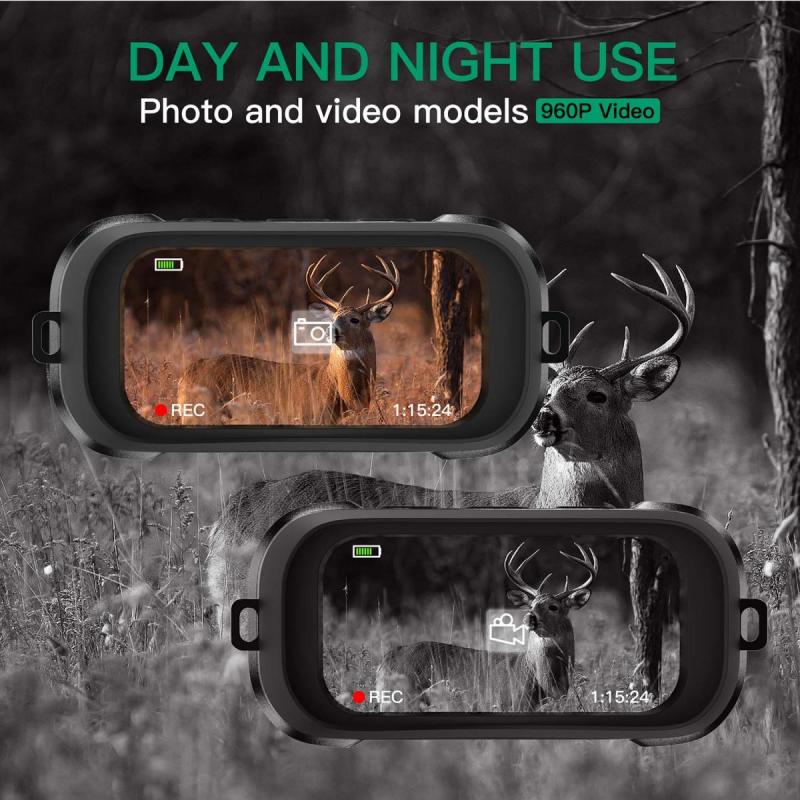
2、 Optics Technology in SAS Binoculars
The Special Air Service (SAS) is a renowned special forces unit known for their expertise in covert operations and precision shooting. As such, they require top-of-the-line equipment, including binoculars, to enhance their situational awareness and ensure mission success.
The SAS utilizes binoculars that are specifically designed for military use, incorporating advanced optics technology to provide superior performance in various operational environments. While the exact model of binoculars used by the SAS may not be publicly disclosed, it is safe to assume that they employ cutting-edge features and specifications.
Modern SAS binoculars are likely to incorporate high-quality lenses and prisms to deliver exceptional clarity and image resolution. They may also feature advanced coatings to enhance light transmission, reduce glare, and improve low-light performance. These binoculars are likely to have a rugged and durable construction, capable of withstanding harsh conditions and rough handling.
Additionally, SAS binoculars may include features such as rangefinders, compasses, and night vision capabilities to further enhance their operational effectiveness. These features enable the SAS operatives to accurately assess distances, navigate in challenging terrains, and conduct covert operations during low-light conditions.
It is important to note that the SAS constantly evaluates and updates their equipment to stay ahead of technological advancements. Therefore, the specific binoculars used by the SAS may vary over time as new models and technologies become available.
In conclusion, while the exact model of binoculars used by the SAS may not be publicly disclosed, it is certain that they employ state-of-the-art optics technology to provide their operatives with the best possible visual capabilities in the field.
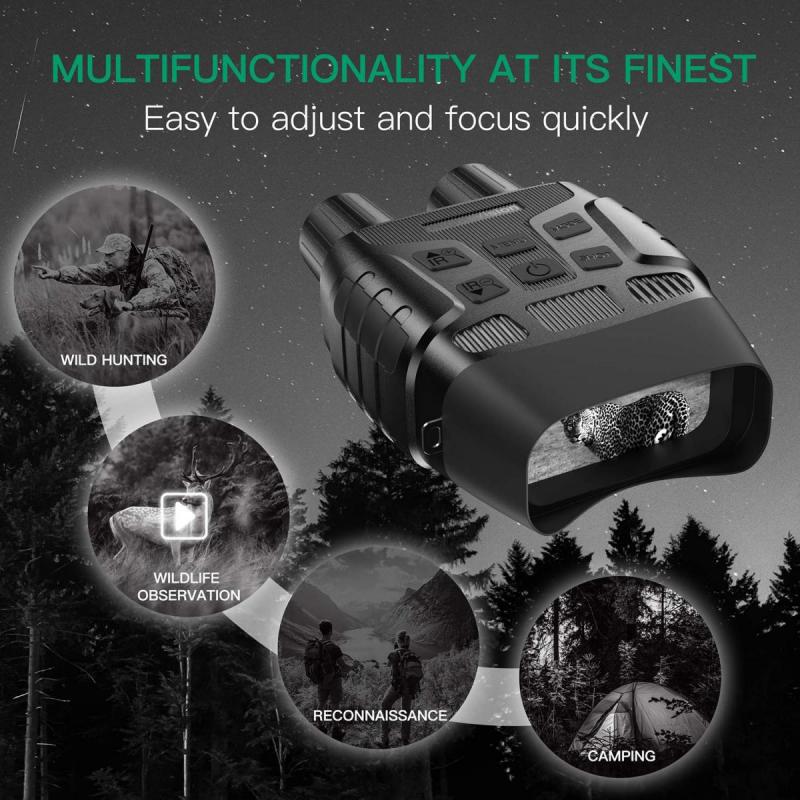
3、 SAS Binoculars: Durability and Field Performance
The Special Air Service (SAS) is a renowned special forces unit known for their exceptional skills and expertise in various military operations. When it comes to their equipment, including binoculars, the SAS demands durability and field performance to ensure success in their missions.
The specific binoculars used by the SAS may vary depending on the mission and individual preferences, but they typically opt for high-quality, rugged binoculars that can withstand harsh conditions. These binoculars are designed to provide clear and precise vision, allowing SAS operatives to gather crucial intelligence and maintain situational awareness in the field.
One example of binoculars used by the SAS is the Steiner Military-Marine series. These binoculars are known for their durability and exceptional optical performance. They are built to withstand extreme conditions, including water submersion and impact, making them ideal for the demanding environments the SAS operates in.
In recent years, technological advancements have led to the development of binoculars with enhanced features. These may include built-in rangefinders, night vision capabilities, and digital image stabilization. While it is unclear whether the SAS has adopted these latest advancements, it is reasonable to assume that they would consider incorporating such features into their equipment if they prove to be reliable and beneficial in the field.
Ultimately, the SAS prioritizes binoculars that offer durability, field performance, and reliability. Their choice of binoculars is likely to evolve as new technologies emerge, ensuring that they stay at the forefront of military capabilities and maintain their reputation as one of the world's elite special forces units.
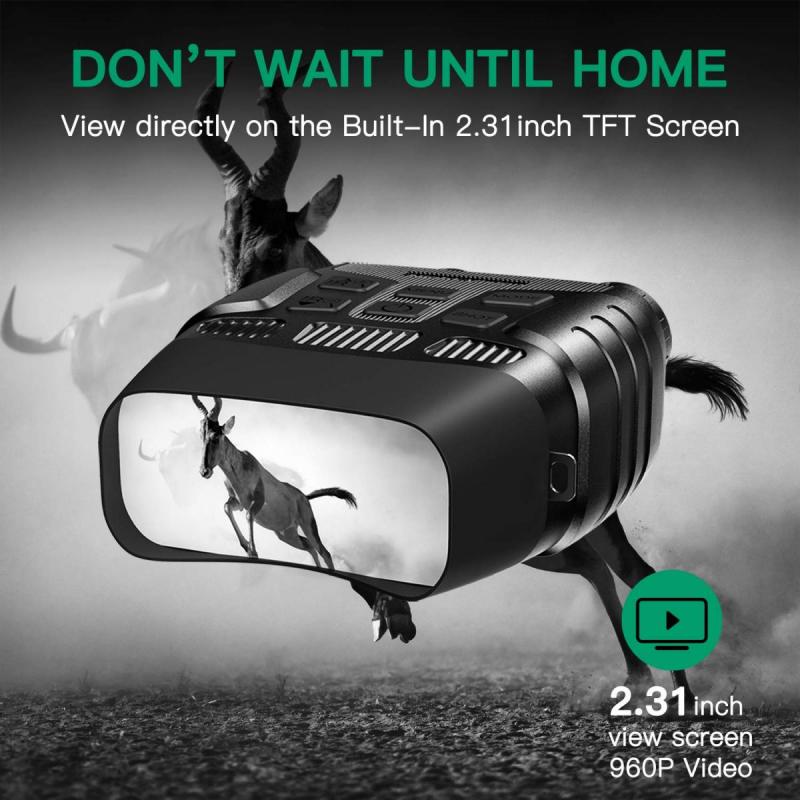
4、 Night Vision Capabilities of SAS Binoculars
The SAS (Special Air Service) is a renowned special forces unit of the British Army. As an elite force, they require top-of-the-line equipment, including binoculars with advanced night vision capabilities.
The specific binoculars used by the SAS are not publicly disclosed, as they are classified military equipment. However, it is widely believed that the SAS employs binoculars with cutting-edge night vision technology. These binoculars likely incorporate thermal imaging and image intensification technologies, allowing SAS operatives to effectively observe and gather intelligence in low-light or nighttime conditions.
Thermal imaging technology detects the heat signatures emitted by objects and converts them into visible images. This enables SAS operatives to identify and track individuals or objects even in complete darkness. Image intensification technology, on the other hand, amplifies the available light, making it possible to see in extremely low-light conditions.
It is important to note that the technology used in SAS binoculars is constantly evolving. As new advancements are made in night vision technology, it is likely that the SAS will adopt the latest capabilities to maintain their edge in the field. Therefore, the specific night vision capabilities of SAS binoculars may vary depending on the most up-to-date technology available.
In conclusion, while the exact details of the binoculars used by the SAS are not publicly disclosed, it is safe to assume that they employ binoculars with advanced night vision capabilities, including thermal imaging and image intensification technologies. These cutting-edge tools enable SAS operatives to effectively carry out their missions in low-light or nighttime conditions.
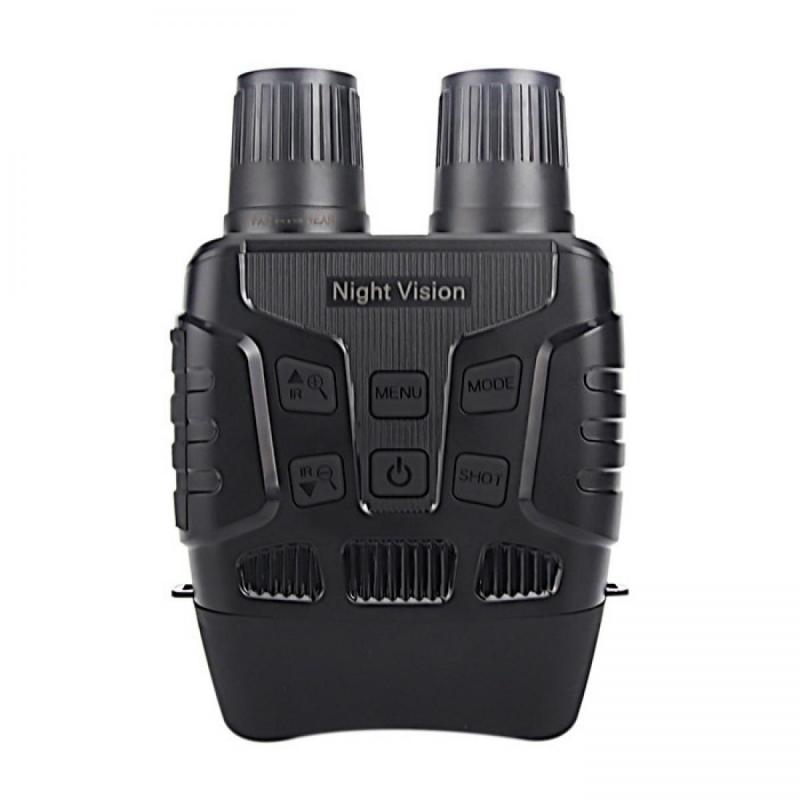





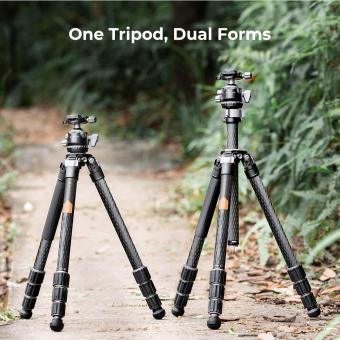




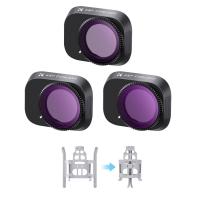





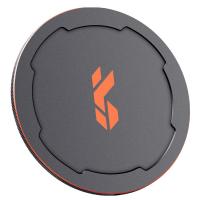
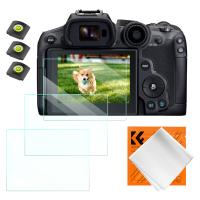
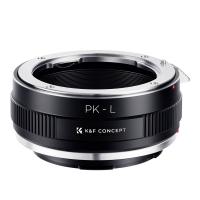
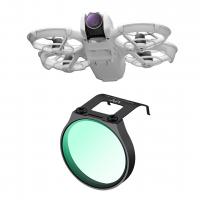






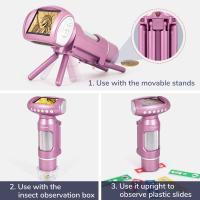
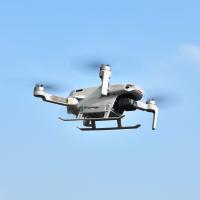
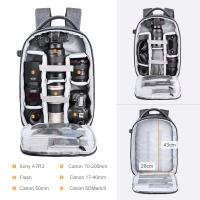
There are no comments for this blog.